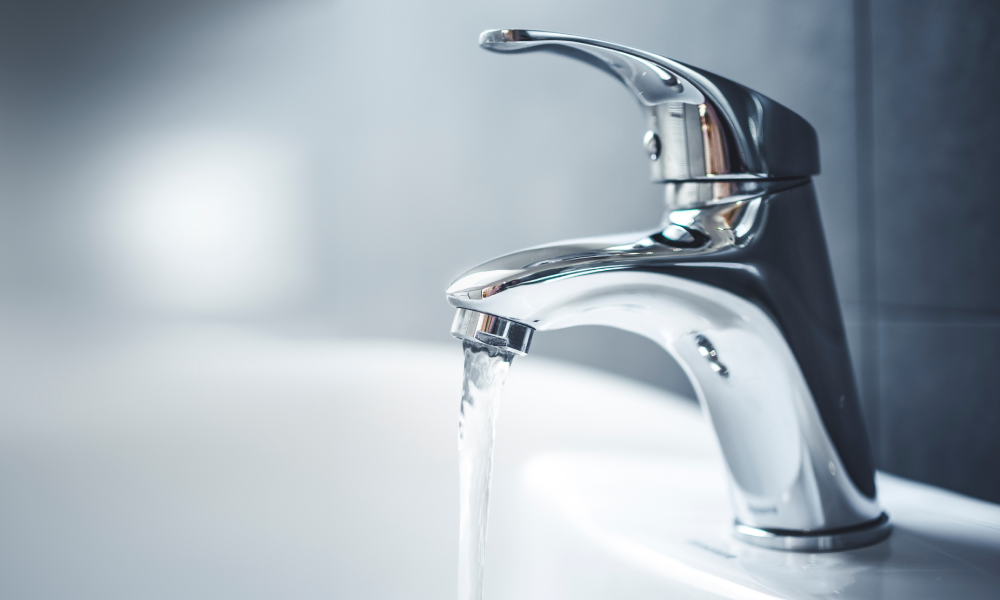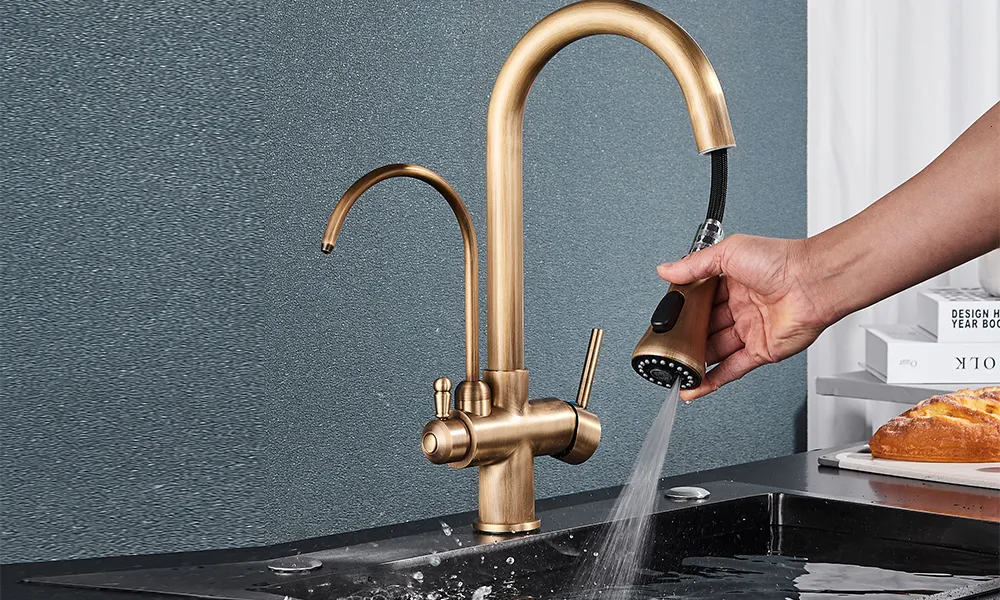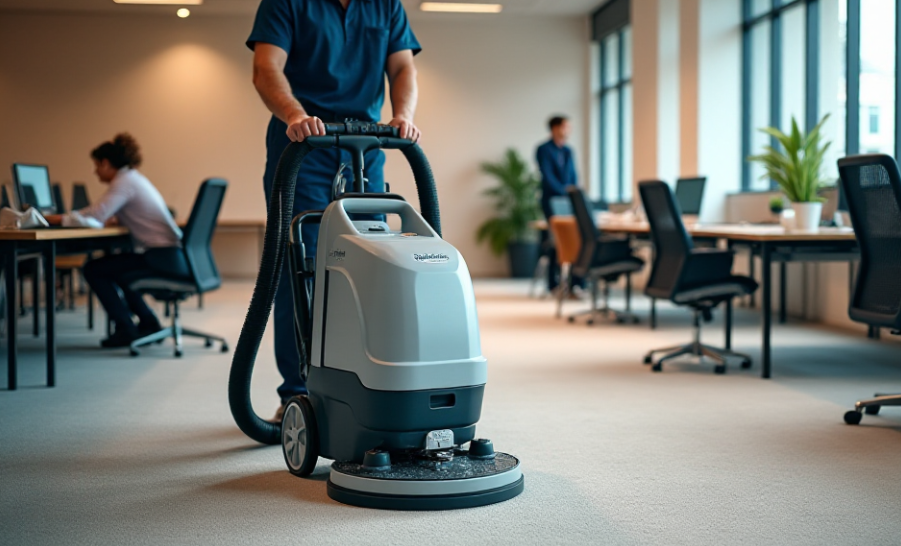A bathroom faucet may seem like a small detail, but it plays a major role in both the functionality and style of your space. With hundreds of models, finishes, and features available, choosing the right faucet can quickly become overwhelming. The right one should balance performance, design, and compatibility with your sink and plumbing setup.
Here’s a practical guide on what to consider when selecting a bathroom faucet.
1. Faucet Configuration and Sink Compatibility
The first and most critical step is determining the type of faucet your sink can accommodate. Common configurations include:
- Single-hole faucets – Compact and easy to use, ideal for small sinks.
- Center-set faucets – Typically fit sinks with three holes, with handles close together.
- Widespread faucets – More luxurious, with separate hot and cold handles spaced out.
- Wall-mounted faucets – Installed above the sink or counter, great for vessel sinks or modern aesthetics.
Before buying, check the number of holes in your sink and their spacing. If you’re remodeling, consider whether your current sink will remain or be replaced.
2. Faucet Height and Reach
Height and spout reach can impact both the faucet’s functionality and comfort level:
- Low spouts may cause splashing if paired with shallow sinks.
- Tall or gooseneck designs work well with deeper sinks or vessel basins.
- Short reach may cause water to land near the back of the sink, making cleaning difficult.
Measure carefully and visualize how water will flow into the basin to avoid practical issues.
3. Style and Finish
Bathroom faucets are available in a variety of styles—from traditional and transitional to ultra-modern. Finishes can also dramatically change the overall look:
- Chrome: Affordable and easy to clean, but shows fingerprints.
- Brushed nickel: Warm, durable, and doesn’t show water spots easily.
- Matte black: A bold modern choice gaining popularity.
- Bronze or brass: Offers a classic, vintage aesthetic.
When choosing a finish, consider coordinating with cabinet hardware, lighting fixtures, and other bathroom accessories for a cohesive design.
4. Build Quality and Material
Not all faucets are built the same. Materials play a huge role in durability:
- Solid brass: Offers long-lasting performance and resistance to corrosion.
- Zinc alloy: Cheaper, but less durable.
- Plastic parts: Common in budget faucets but prone to wear and damage.
For reliability, look for ceramic disc valves, which help prevent leaks and extend lifespan.
5. Water Efficiency
With growing awareness around conservation, water-saving faucets have become essential. Look for models with:
- Low-flow aerators
- WaterSense certification (EPA-approved)
- Flow rates of 1.5 gallons per minute (GPM) or lower
These features help reduce water usage without sacrificing performance.
6. Ease of Installation and Maintenance
Some faucets are DIY-friendly, while others may require professional help, especially if dealing with older plumbing. Also consider features like:
- Pop-up drain assemblies
- Easy-to-clean surfaces
- Tool-free installations
Around the middle of your selection process, you might explore design-centric collections such as Vasca Design bathroom faucets, which blend visual elegance with functional innovation—ideal for those seeking to match luxury aesthetics with daily usability.
Conclusion
Selecting a bathroom faucet involves more than choosing a design you like. From configuration and dimensions to water efficiency and material quality, each element plays a role in how the faucet performs and complements your space. By carefully considering both practical needs and style preferences, you’ll be able to make a choice that elevates your bathroom’s overall look and feel—while standing the test of time.



